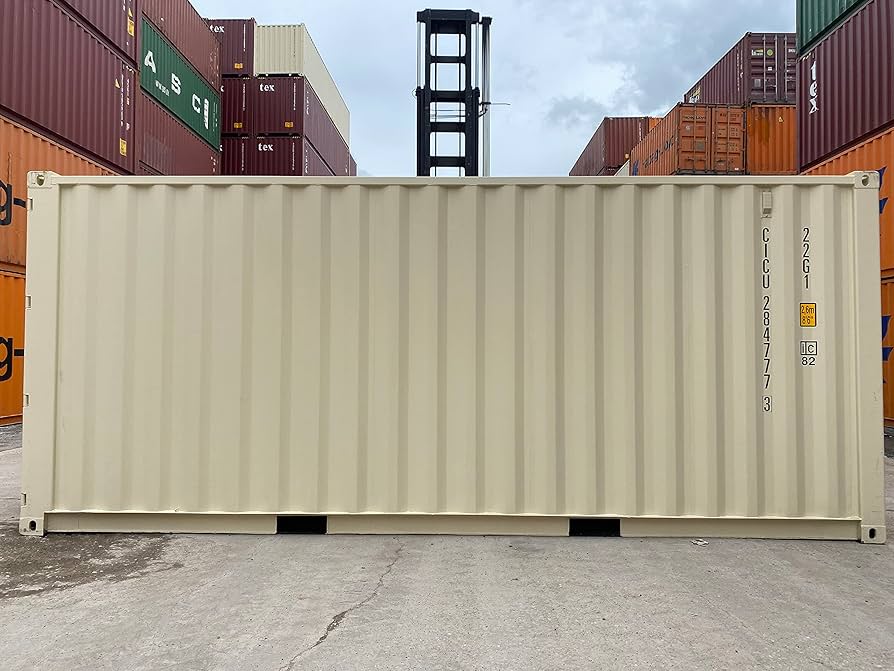Shipping Container Offices: A Trend in Flexible Workspaces

In recent years, shipping container offices have emerged as a revolutionary trend in flexible workspaces, offering a blend of practicality, sustainability, and innovation. As businesses increasingly seek adaptable solutions to meet their dynamic needs, shipping container offices present a compelling alternative to traditional office setups. This article explores the benefits, design possibilities, and future prospects of shipping container offices.
A New Wave of Office Space Solutions
The concept of using shipping containers for office spaces might seem unconventional at first glance. However, their practical advantages have made them a popular choice among businesses looking to optimize their workspace. Shipping containers, originally designed for transporting goods, are repurposed into functional office environments that cater to the modern workforce’s needs. Their modular nature allows for easy customization and scalability, making them an ideal solution for businesses of all sizes.
Benefits of Shipping Container Offices
- Cost-Effectiveness: One of the primary attractions of shipping container offices is their cost-effectiveness. Compared to traditional office buildings, repurposing shipping containers is often more affordable. The basic structure is already in place, which can significantly reduce construction costs. Additionally, the compact size of containers means lower heating, cooling, and maintenance expenses.
- Sustainability: As businesses and individuals become more environmentally conscious, the sustainability of shipping container offices stands out. By repurposing existing containers, companies contribute to reducing waste and minimizing their carbon footprint. Moreover, many container office designs incorporate eco-friendly features, such as solar panels, energy-efficient lighting, and sustainable materials.
- Flexibility and Mobility: Shipping container offices offer unparalleled flexibility. They can be easily relocated, making them perfect for businesses that require temporary or mobile workspaces. Whether it’s for a remote project site, a pop-up office, or a temporary expansion, shipping container offices can be transported and reconfigured with minimal hassle.
- Speed of Construction: Building a traditional office can be a lengthy process, often taking months or even years to complete. In contrast, shipping container offices can be assembled and functional within a matter of weeks. This rapid turnaround is particularly advantageous for businesses that need to quickly establish a presence or adapt to changing circumstances.
Design Possibilities
The versatility of shipping container offices extends to their design possibilities. With creative planning and innovative design, these containers can be transformed into stylish and functional workspaces. Here are some key design considerations:
- Layout and Space Optimization: Despite their compact size, shipping containers can be cleverly designed to maximize space. Interior layouts can be customized to include open-plan areas, private offices, meeting rooms, and communal spaces. Multi-container configurations allow for larger, more complex office environments.
- Interior Design: The interior of a shipping container office can be customized to reflect the company’s brand and culture. From modern minimalist to cozy and rustic, the design options are virtually limitless. High-quality finishes, ergonomic furniture, and innovative lighting solutions can create a comfortable and aesthetically pleasing work environment.
- Natural Light and Ventilation: Proper ventilation and natural light are crucial for a pleasant working atmosphere. Container offices can be fitted with windows, skylights, and ventilation systems to ensure adequate airflow and illumination. Incorporating green spaces, such as small indoor plants or rooftop gardens, can also enhance the overall ambiance.
- Technology Integration: Modern shipping container offices can be equipped with the latest technology to support business operations. This includes high-speed internet, state-of-the-art audio-visual systems, and smart building controls. The integration of technology ensures that container offices meet the demands of today’s digital workspace.
Challenges and Considerations
While shipping container offices offer numerous advantages, there are challenges to consider. Ensuring proper insulation and climate control is essential to maintain a comfortable working environment. Additionally, compliance with local building codes and regulations is crucial to ensure safety and legality.
The Future of Shipping Container Offices
The trend of shipping container offices is likely to continue growing as businesses seek innovative and sustainable solutions. Advances in design and construction techniques will further enhance the functionality and appeal of container offices. As more companies embrace flexible workspaces, shipping containers will play an increasingly prominent role in the future of office design.
In conclusion, shipping container offices represent a dynamic shift in the way we approach workspace design. Their cost-effectiveness, sustainability, and flexibility make them a compelling choice for businesses seeking modern and adaptable solutions. As the trend evolves, shipping container offices will undoubtedly continue to shape the future of workspaces, offering a fresh perspective on how we define and utilize office environments.

